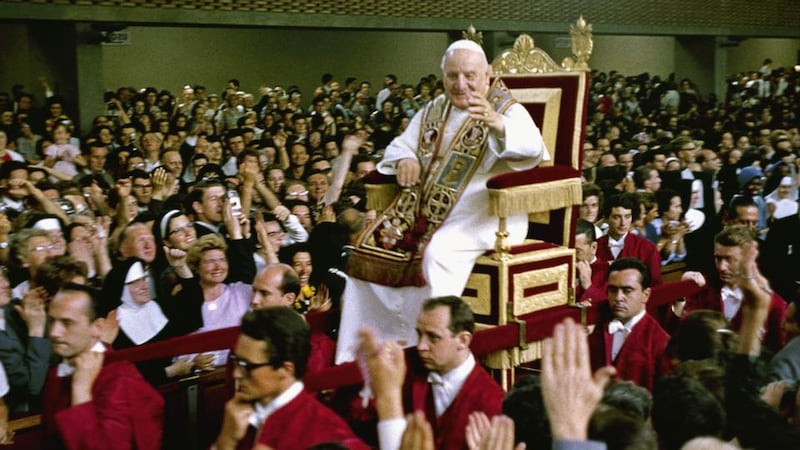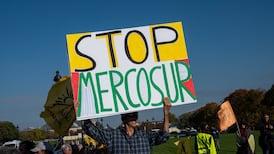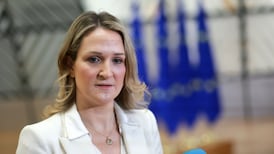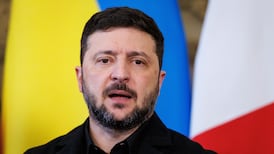On what was a significant day in the pontificate of Pope Francis, the Holy See yesterday confirmed that the pope had approved the canonisation of two of his most charismatic predecessors, popes John XXIII and John Paul II. The news to some extent overshadowed the day's other main event, namely the release of Francis's first encyclical, Lumen Fidei, (Light of the Faith).
Not for the first time, Pope Francis has used plenty of political acumen, in opting to canonise both popes at the same moment. While to make John Paul II a saint within only eight years of his death in 2005 might seem premature, that consideration is balanced by the fact that John XXIII will be canonised fully 50 years after his death in 1963.
Intervention
To a large extent, John Paul II has been on a fast track to sainthood since his funeral in April 2005 when banners were displayed proclaiming "Santo subito", or "Make him a saint immediately". The Vatican's Congregation for the Cause of Saints, however, claims it followed the normal procedures, establishing two confirmed miracles that were due to the intervention of John Paul II.

In 2005, French nun Marie Simon-Pierre Normand was cured of Parkinson’s disease while in 2011, on the day of the beatification of the Polish pope, a Costa Rican woman, Floribeth Mora, was inexplicably cured of a cerebral aneurism. Both women were cured after relatives, friends and colleagues had all prayed to John Paul II.
Inevitably, however, not everyone agrees with this canonisation. Many church commentators argue that, although the pontificate of John Paul II was clearly a monumental, epoch-making moment in church history, it failed to deal with some chronic Catholic Church problems – the fallout of the worldwide clerical sex abuse crisis, poor church governance and the scandal-plagued Vatican Bank, IOR.
Inspired move
In this context, the idea of canonising "the good pope" John XXIII at the same time looks like an inspired public relations move. Francis, too, may have been making a point when he decided that, in the case of John XXIII, he would waive the requirement for a second miracle. Although no canonisation dates have been fixed, it is very likely the two popes will be raised to sainthood in a Vatican ceremony next autumn.
In releasing the news about his predecessors, Francis somewhat stole his own thunder yesterday, on the day when the Holy See released his first Encyclical. Lumen Fidei is intriguing not only because it is the first by Francis but even more because it turns out to have been a "two-hander" written both by Francis and his immediate predecessor, Benedict XVI. Coincidentally, the two popes also appeared in public together yesterday at the inauguration of a new monument in the Vatican gardens.
In the introduction to the 80-page document, Francis explains that Benedict had completed the first draft of the encyclical before his resignation, adding that he had merely “taken up his fine work and added a few contributions of my own”. Inevitably, Vatican observers spent a deal of time yesterday attempting to separate the “Francis” from the “Benedict”, with many concluding the first three chapters bear the hallmark of Benedict while the fourth and final chapters would seem to have been written by Francis.
Central message
As expected, the encyclical breaks no new ground in church teaching, with Francis keen to emphasise a central Christian message as expressed in St John's gospel (12.46), that "I am come a light into the world, that whosoever believeth on me should not abide in darkness".
The encyclical was welcomed by Ireland's Catholic primate Cardinal Seán Brady, who said "Lumen Fidei reminds us that faith is not a condition to be taken for granted, but rather a gift from God, to be nurtured and reinforced."











